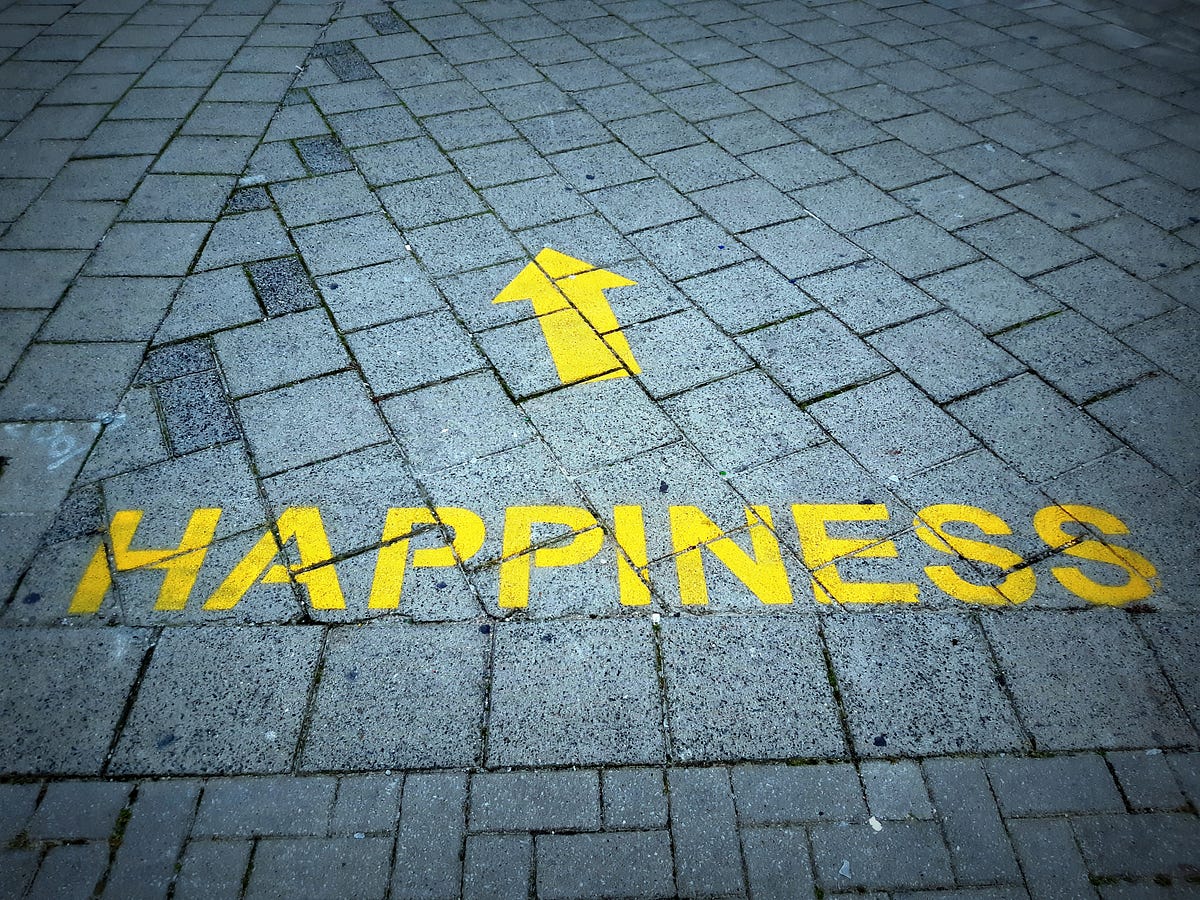A correlation between a few bizarre things often irks our curiosity to question if there is any causality behind it! To name a few correlations:
- Shortage of pirates and increase in global warming.
- Increase in lemon imports and decrease in highway fatality in US.
- Worldwide non-commercial space launches and sociology doctorates awarded.
- A good monsoon and increase in equity prices of tractor companies.
- Increase in the price of the precious metals and decrease in the interest rates.
- Increase in the oil price and decrease in the tourism.
At the first sight, one could see the distinction between the first three correlations, and the last three. The first three correlations are what one would call as farcical correlations. These correlations could be a result of just serendipity, reminding us of the old adage, “Correlation does not imply Causation”. However, the last three do seem to have a causal relationship between them. For example, a good monsoon implies a good agricultural yield, which in turn implies increase in purchase of agri-related products such as tractors, pesticides, manure etc.
Now, how can one determine if the two variables just have a spurious relationships, in contrast, to actual cause and effect relationship. This is a question that often requires a human-kind of intuition along with the subject expertise. In this article, we attempt at formalizing this intuitive approach into few more concrete steps using happiness data, internet usage per population, and mathematics proficiency among the 15 year-old students.
#happiness #data-science #internet #correlation
